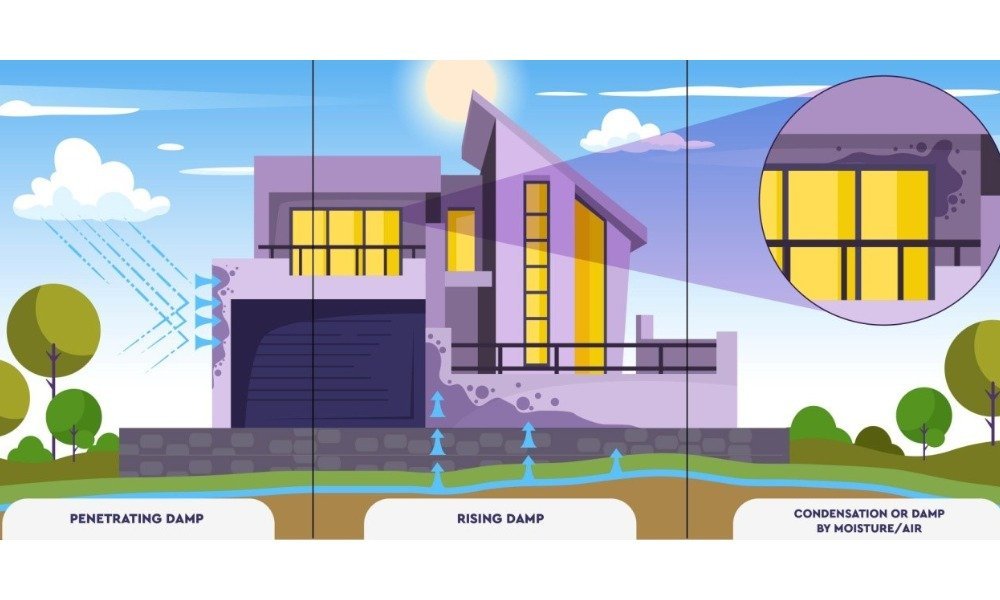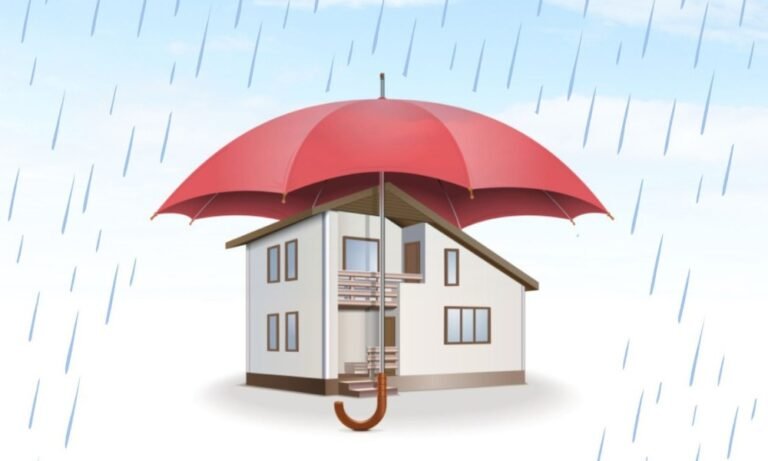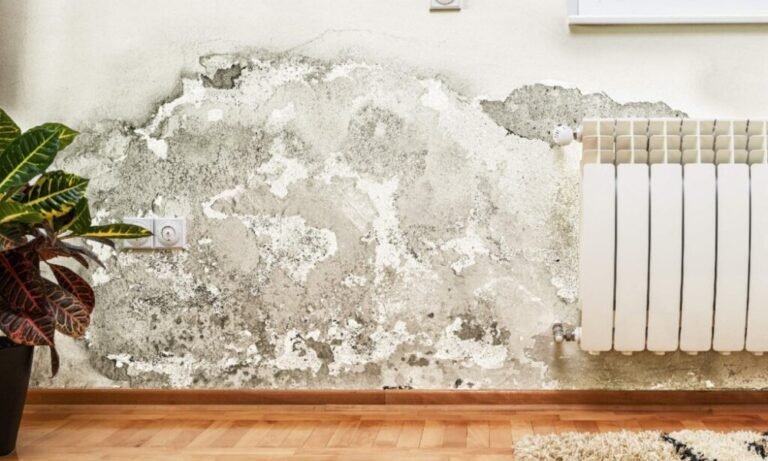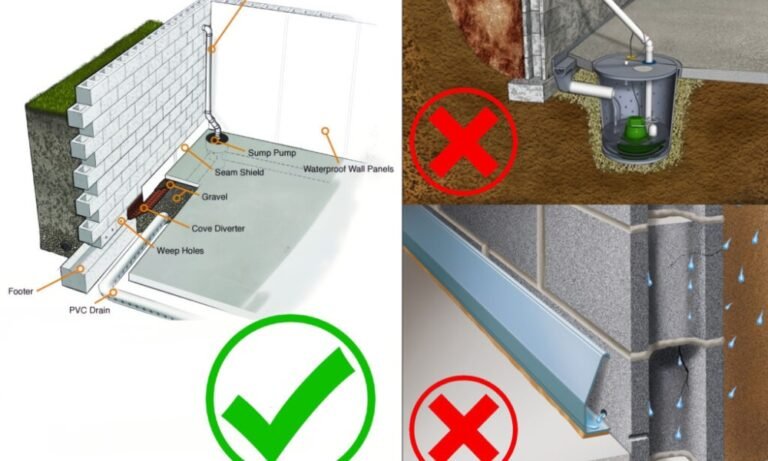Estimated reading time: 5 minutes
As a professional specializing in waterproofing and damp-proofing, I often hear the same questions: “Why is this happening?” and “How can I fix it?” These issues can be more than a minor inconvenience. Left untreated, they harm your home’s structure, damage belongings, and even affect your health. Let’s break it down into simple, actionable steps to identify and address the underlying causes.
What You’ll Learn:
- The three main types of moisture-related problems: condensation, rising damp, and penetrating damp.
- How to recognize the signs before things get worse.
- Practical solutions to resolve issues and keep them from recurring.
Types of Moisture Problems
The first step in resolving the issue is understanding its cause. Let me walk you through the three most common culprits.
1. Condensation
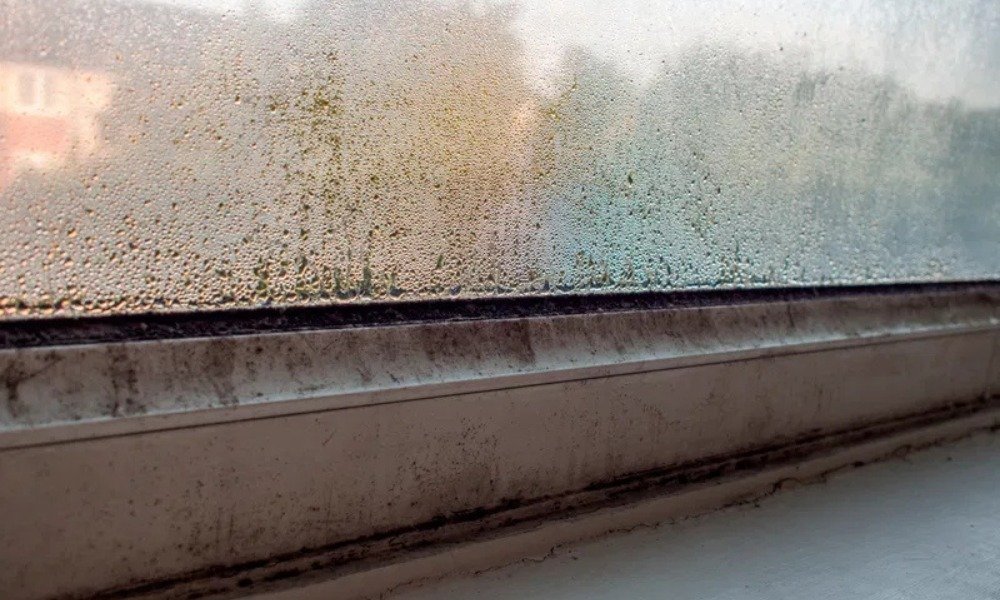
This is the most frequent cause of moisture buildup indoors. It occurs when warm, humid air meets cooler surfaces, like windows or walls.
How to Spot It:
- Water droplets forming on windows or cold surfaces.
- Dark patches of mold near windows or behind furniture.
- A persistent, musty odor in certain rooms.
How to Address It:
- Increase ventilation by adding extractor fans in kitchens and bathrooms.
- Use a dehumidifier to reduce indoor humidity levels.
- Make simple lifestyle changes, such as drying clothes outdoors or using lids on pots when cooking. Venting your dryer properly is also essential.
For a detailed guide, you might find my post on waterproofing damp walls insightful.
2. Rising Damp
This occurs when groundwater moves upward through the structure of your home. Think of it like a sponge soaking up water.
How to Spot It:
- Damp patches near the base of walls, often no higher than one meter.
- A “tide mark” or salt deposits on plaster.
- Peeling paint or wallpaper near the floor.
How to Fix It:
- Check if your home has a functioning damp-proof course (DPC). If it’s compromised, repairs or replacements may be needed.
- Lower exterior ground levels that might be breaching the DPC.
- For further information, take a look at my article on solutions for rising damp.
3. Penetrating Damp
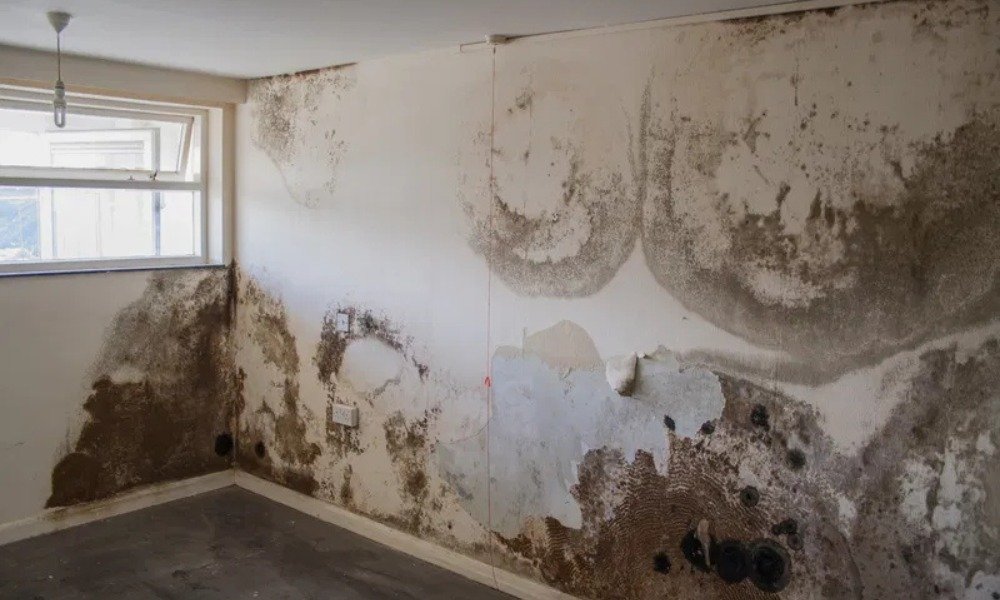
This type is caused by external water seeping through cracks or gaps in the structure. It’s typically a result of poorly maintained exteriors.
How to Spot It:
- Damp patches that worsen during rainfall.
- Stains or peeling plaster inside the home.
- Crumbling walls or decaying wood near the problem area.
How to Address It:
- Repair cracks in walls or defective gutters.
- Seal external surfaces with waterproof coatings.
- Replace damaged roof tiles or flashing to prevent leaks.
If you’re experiencing moisture issues in basements, my guide on waterproofing solutions offers practical advice.
Early Signs to Watch For
Catching these problems early can save you both time and money. Here are some common warning signs:
- A persistent musty smell indoors.
- Discolored paint or wallpaper peeling off.
- Visible mold growth, particularly in corners or near windows.
- Increased humidity, noticeable as condensation on cold surfaces.
If you’re noticing any of these issues, check out my post on spotting dampness in walls and floors for more guidance.
Practical Solutions for Fixing Damp
Dealing with these problems doesn’t have to be overwhelming. Here are actionable steps, ranging from simple fixes to professional interventions.
DIY Solutions:
- For Condensation: Ensure proper ventilation and reduce humidity sources. Keeping surfaces dry is critical.
- For Rising Damp: Remove soil or flower beds that might be bridging your DPC.
- For Penetrating Damp: Seal cracks and address any external defects like broken gutters.
When to Call in a Specialist:
If you’ve tried these solutions and the issue persists, professional help may be needed. A specialist can accurately diagnose and resolve the root cause, particularly for rising and penetrating damp.
Not sure if it’s time to hire someone? My guide on choosing a waterproofing professional can help you decide.
Prevention Tips for a Moisture-Free Home
Prevention is better—and far cheaper—than cure. Here are a few ways to stay ahead of the problem:
- Regularly clean gutters and downpipes to avoid water buildup.
- Inspect your home’s exterior for cracks or other damage.
- Improve airflow by opening windows or using fans in areas prone to humidity.
- Keep furniture slightly away from walls to allow air circulation.
For budget-friendly tips, you can explore my guide on cost-effective waterproofing solutions.
Final Thoughts
Damp and moisture issues can cause a lot of headaches, but they’re manageable with the right approach. By identifying the type of problem, addressing its root cause, and taking preventive measures, you can keep your home safe, dry, and comfortable. And when in doubt, don’t hesitate to consult a professional—it’s an investment in your property’s long-term health.For more insights, take a look at related posts on my blog, like the benefits of waterproofing before monsoon. Together, we can ensure your home stays free from dampness and ready to stand the test of time.
